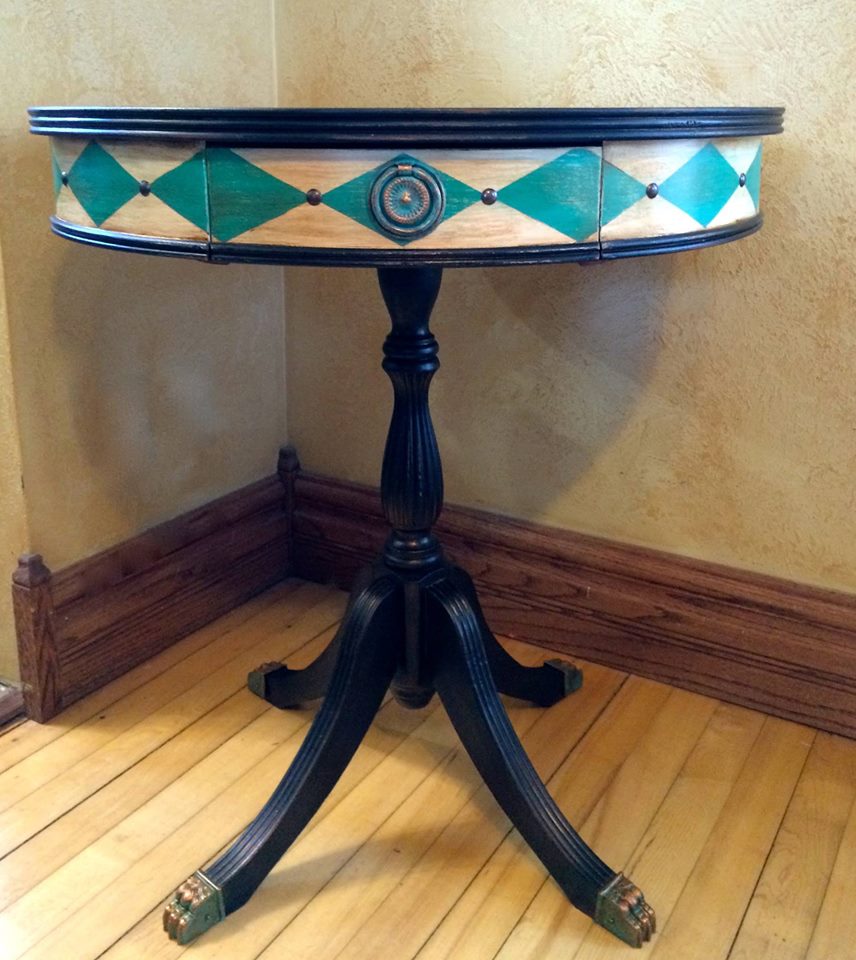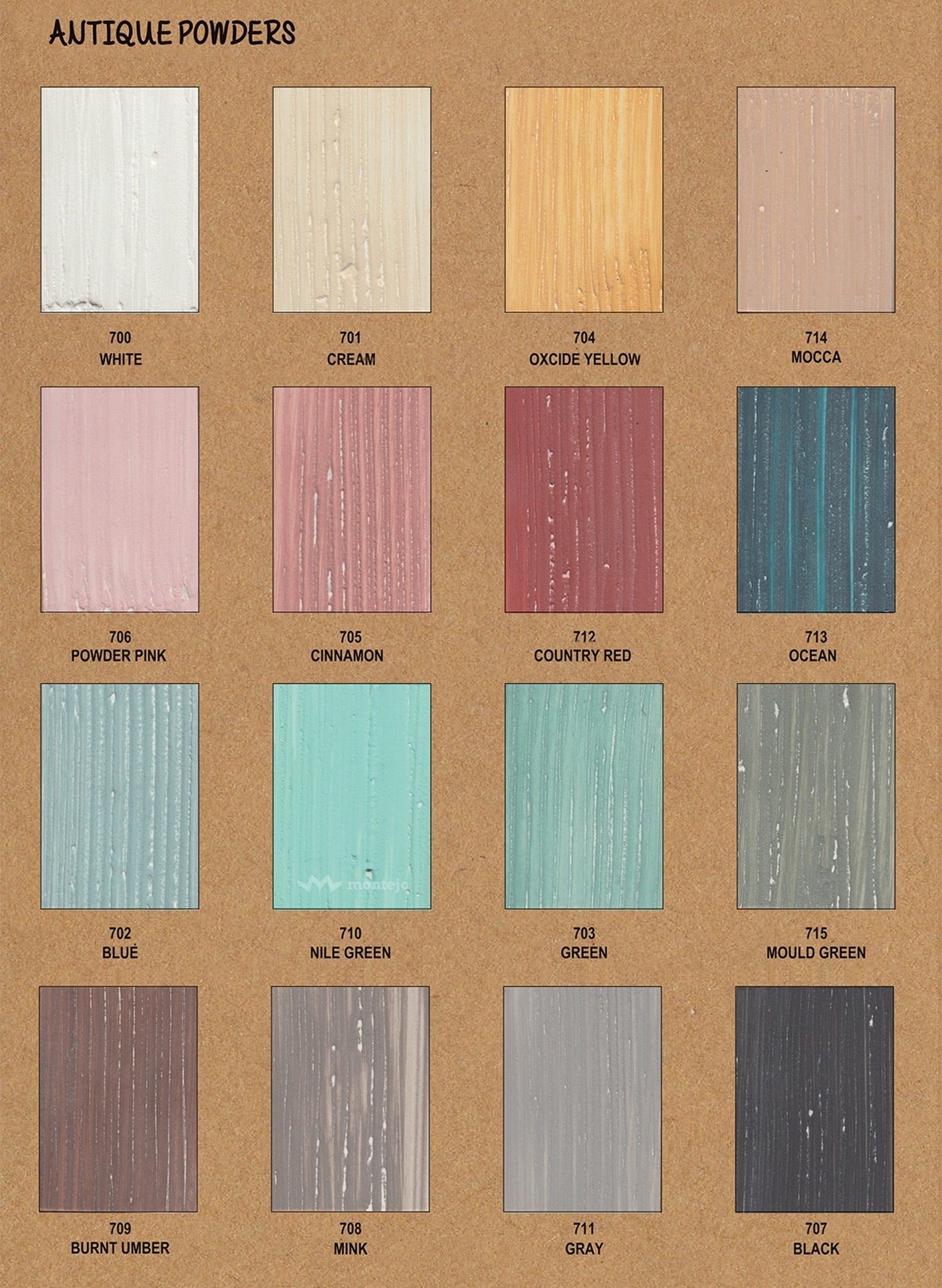

Weathered objects or items with patina can be used in homes of all styles – from the very traditional to the super contemporary. Shop Now LRV 24. The old chest shown below, and found at the Emily Mothra Sue Etsy shop, has seen a lot of use over the years its character is endearing and evokes fond memories of the past. 1195 An inviting clay orange with soft notes of brown. Barn wood is especially popular in home decorating, and its weathered patina is the reason. Antique piano definitely has a patina it is no longer the same color or sheen as it was when it was first made. Patina can also be seen on wooden objects, both indoors and out. The objects above, found at the Bailiwick Vintage shop on Etsy, were once shiny brass, but have now gathered a rich patina.

Most of the time, a patina can be removed from the surface of an object, either by simply polishing the surface or through the use of special cleaners. This patina is highly desirable amongst some collectors, but not everyone loves the look. It may come in the form of rust (in the case of iron) or it may simply be a duller, darker film over the surface of the item. Other metal objects – brass, silver or iron – also develop a patina over time. The copper pot above, which I found in the Hacienda Hostess shop on Etsy, weathered naturally over man years in the elements. A copper patina can be accelerated through the use of various chemicals and approximated through the careful use of paint. While some folks prefer the shiny, warm finish of new copper, many love the verdigris finish of older copper. Items made of copper – and not lacquered to protect their finish – will develop a green patina over time this patina is called “verdigris,” which refers to the green hue that develops on the surface. Not glossy, but the natural metal luster really shows through, the final color reading as a regal silver with brass lowlights. Newer decorative items are sometimes treated to accelerate the appearance of patina on the surface to make the object seem older than it actually is.

Old or antique decorative objects often have a patina to them – which is what makes them so special. In design, “patina” refers to a weathered or tarnished finish on an item.

#ANTIQUE PATINA COLOR HOW TO#
Read on for a quick review of the word and how to bring it home… Regarding reports of spots on some dollar coins during the first few weeks of production, the Mint identified the cause as residue left on the coins during the manufacturing process and has eliminated it.The word “patina” comes up often in design and decorating, but not everyone knows its meaning. This is so much easier and more fun than trying to layer a bunch of paint colors to get a realistic patina paint finish. High quality wax to protect patina finishes. Penetrating metal oil to protect patina finishes. Quick dry solvent-base lacquer for metals. Clear water-based lacquer for patina colors. Bronze paint for use on aluminum, steel, dicast, cement, etc. The metallic pigments in these designs add authentic visual depth and a classic metallic sheen that evolves with the light of the sun. Copper paint for use on aluminum, steel, dicast, cement,etc. The brighter, brass highlights, in contrast with the darker background, accentuate the profile and add a dimension of depth to the depiction of Sacagawea and her child. This Faux Metal Patina Paint project uses chalk paints with actual metal dust that you can then spray with the oxidizing patina spray to make real oxidized copper, bronze, and iron (or rust) patina looks. Aged Metallics Design and Color Solutions Aged Metallics Patina Metal Roofing and Siding Aged Metallics provide the distinctive look of lightly weathered metallic finishes such as copper and zinc. The high concentration of manganese in the alloy compound contributes to the darker color of the coin, however, the zinc and nickel in the alloy inhibit this process somewhat, ensuring the new coin will not darken as much as pennies do.Īs the coins are handled frequently, the darker “patina” may wear off the high points of the coin, leaving golden colored highlights that accent the darker background around the border, lettering and other less exposed areas. There are several ways to create this aged finish. Like any brass, its color will eventually become darker, giving your coins an antique finish. The different hues of the Golden Dollars now circulating are the result of the manganese brass contained in the outer layer of the new coins.


 0 kommentar(er)
0 kommentar(er)
